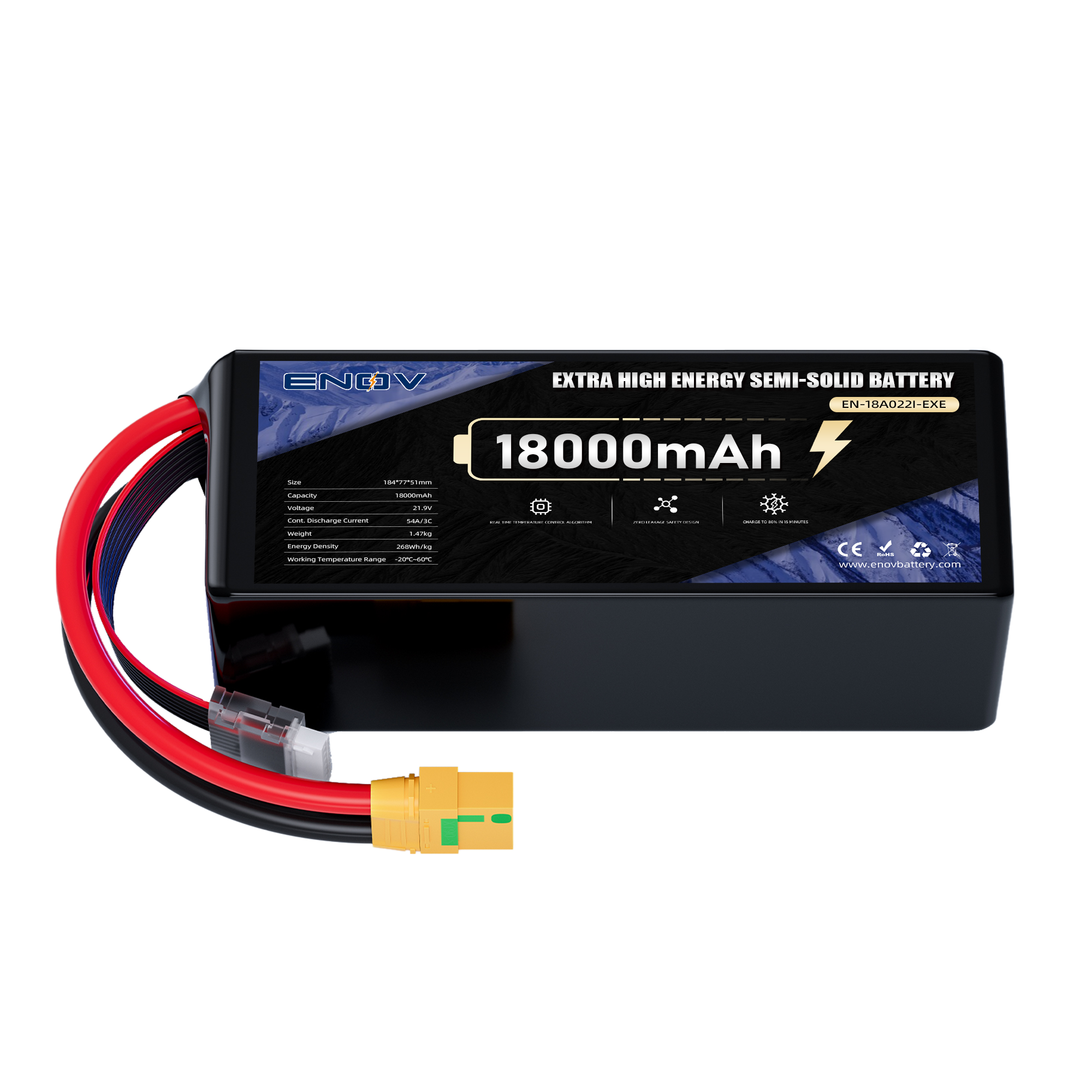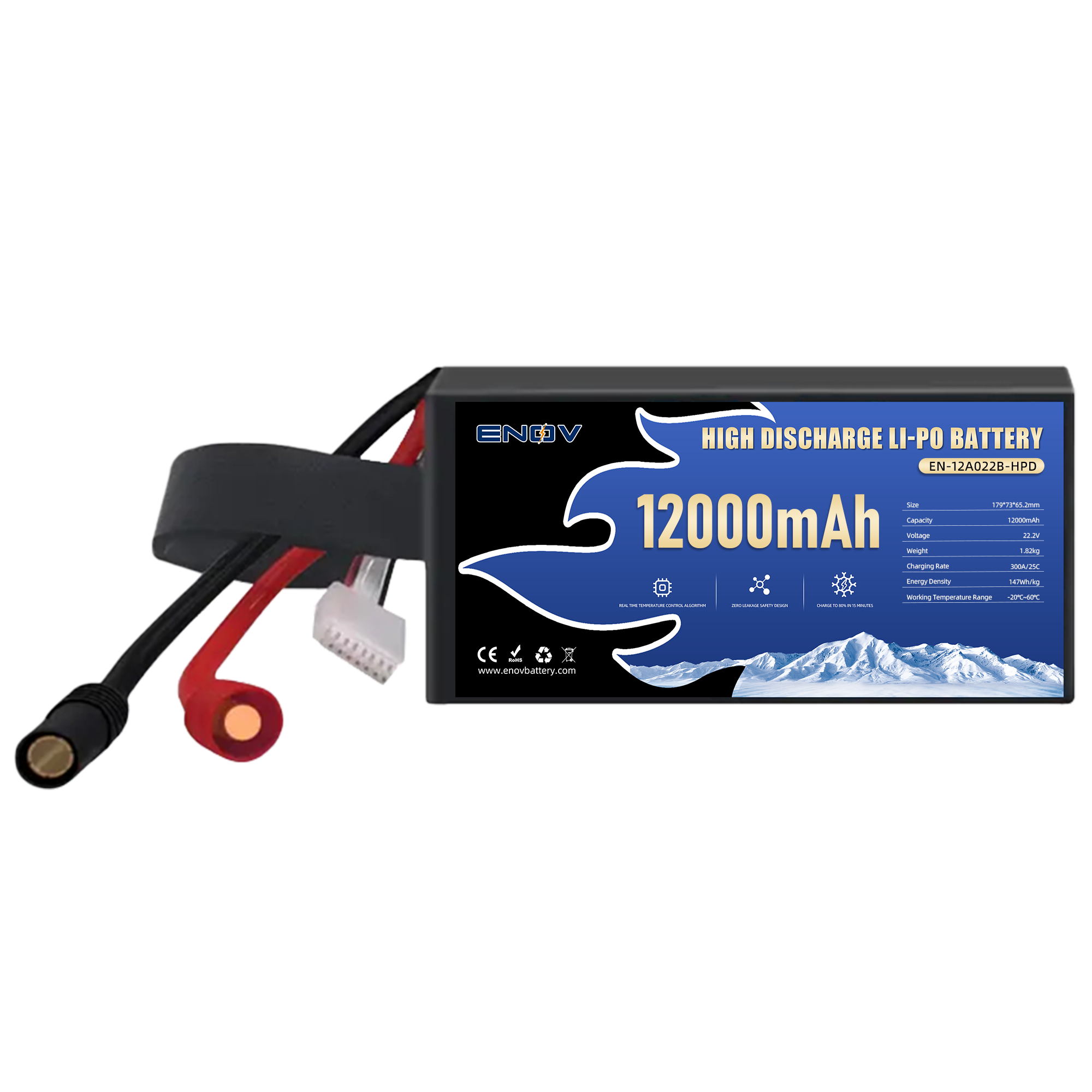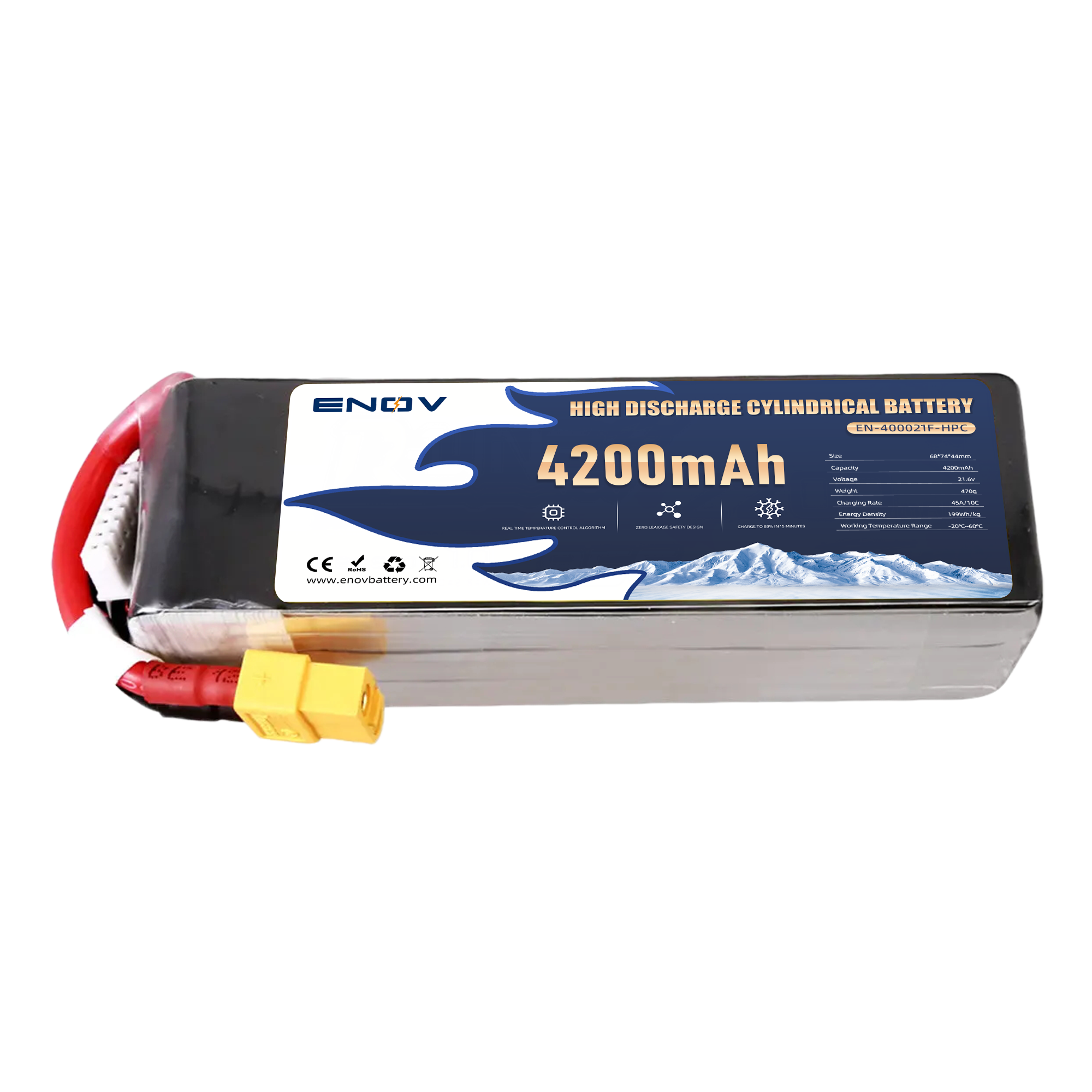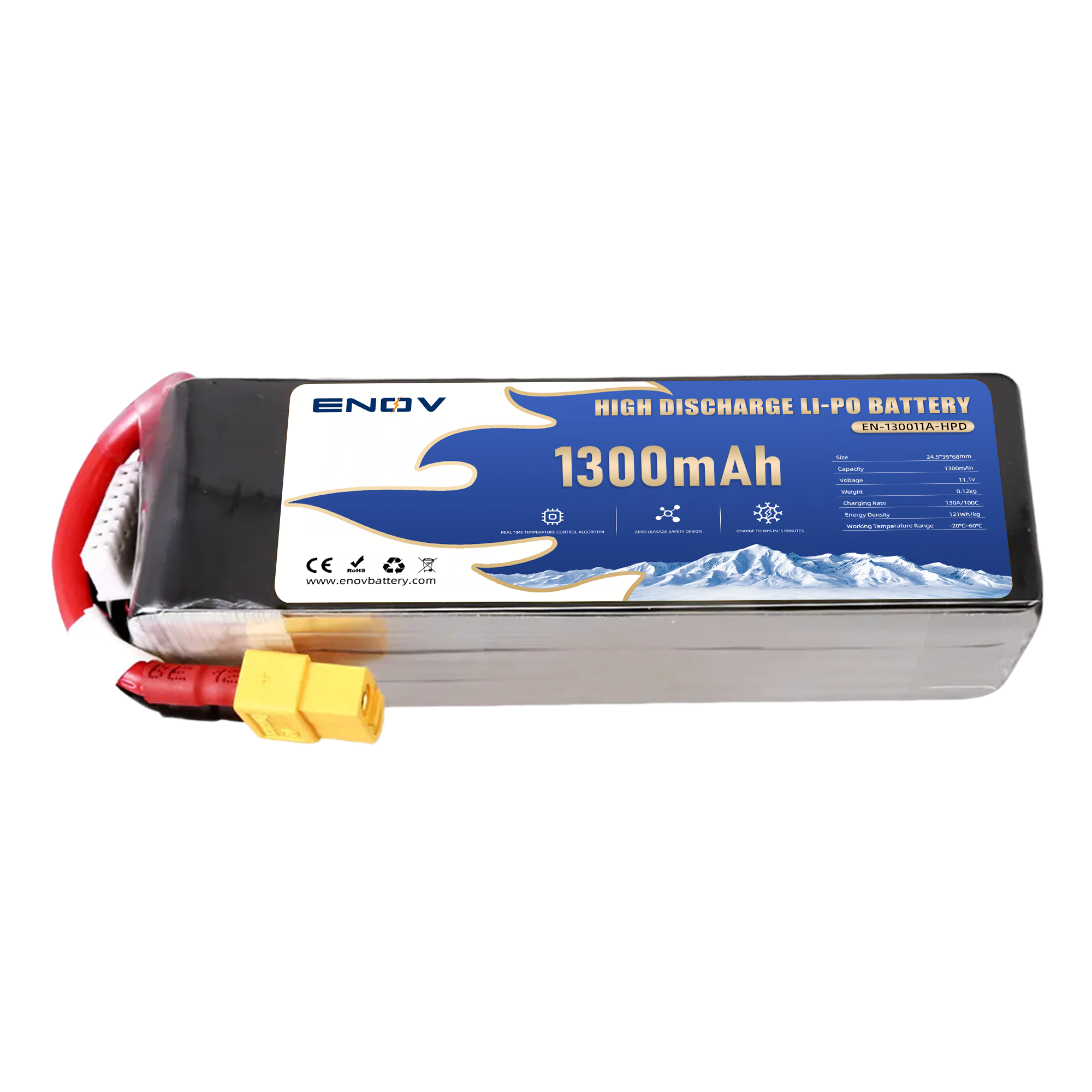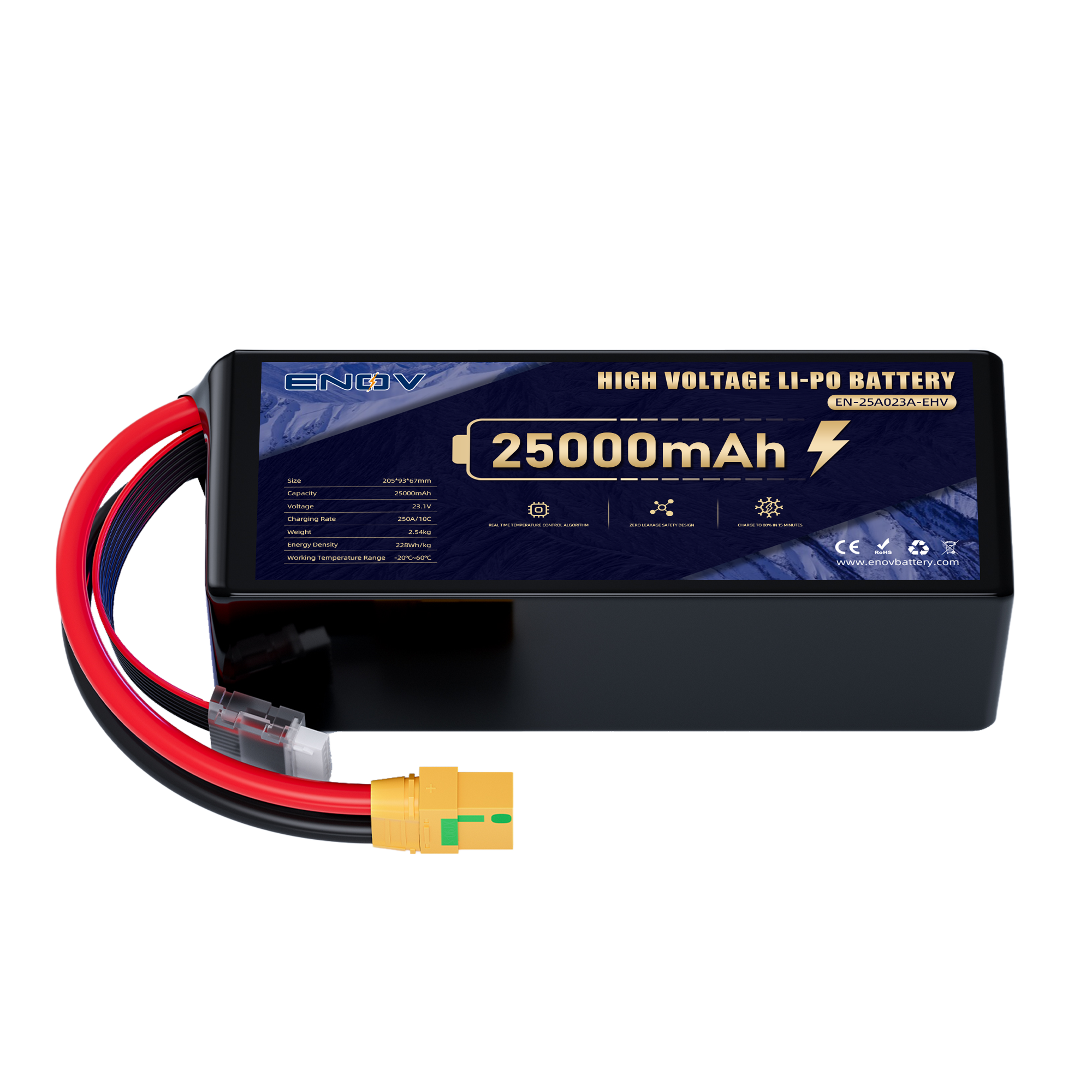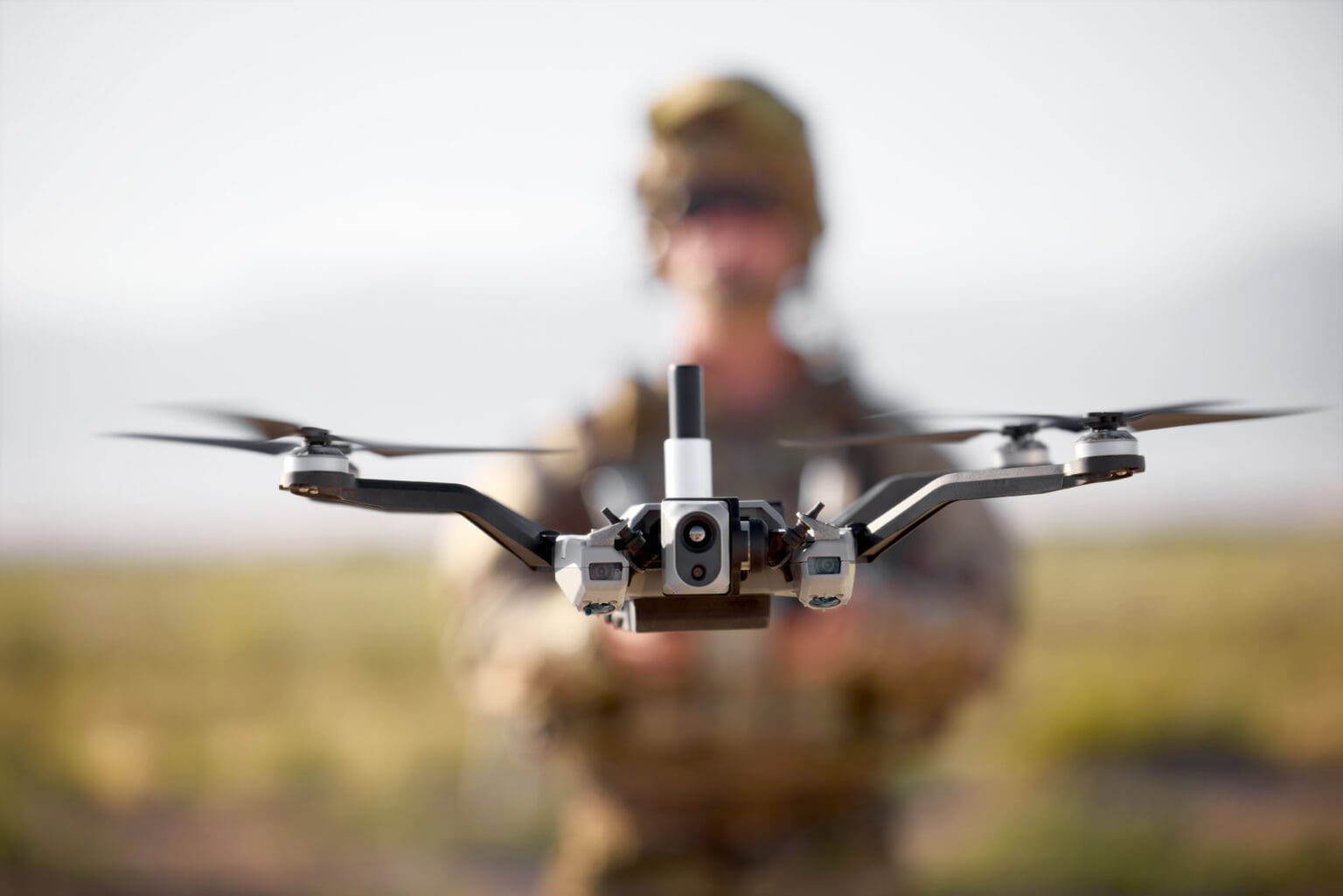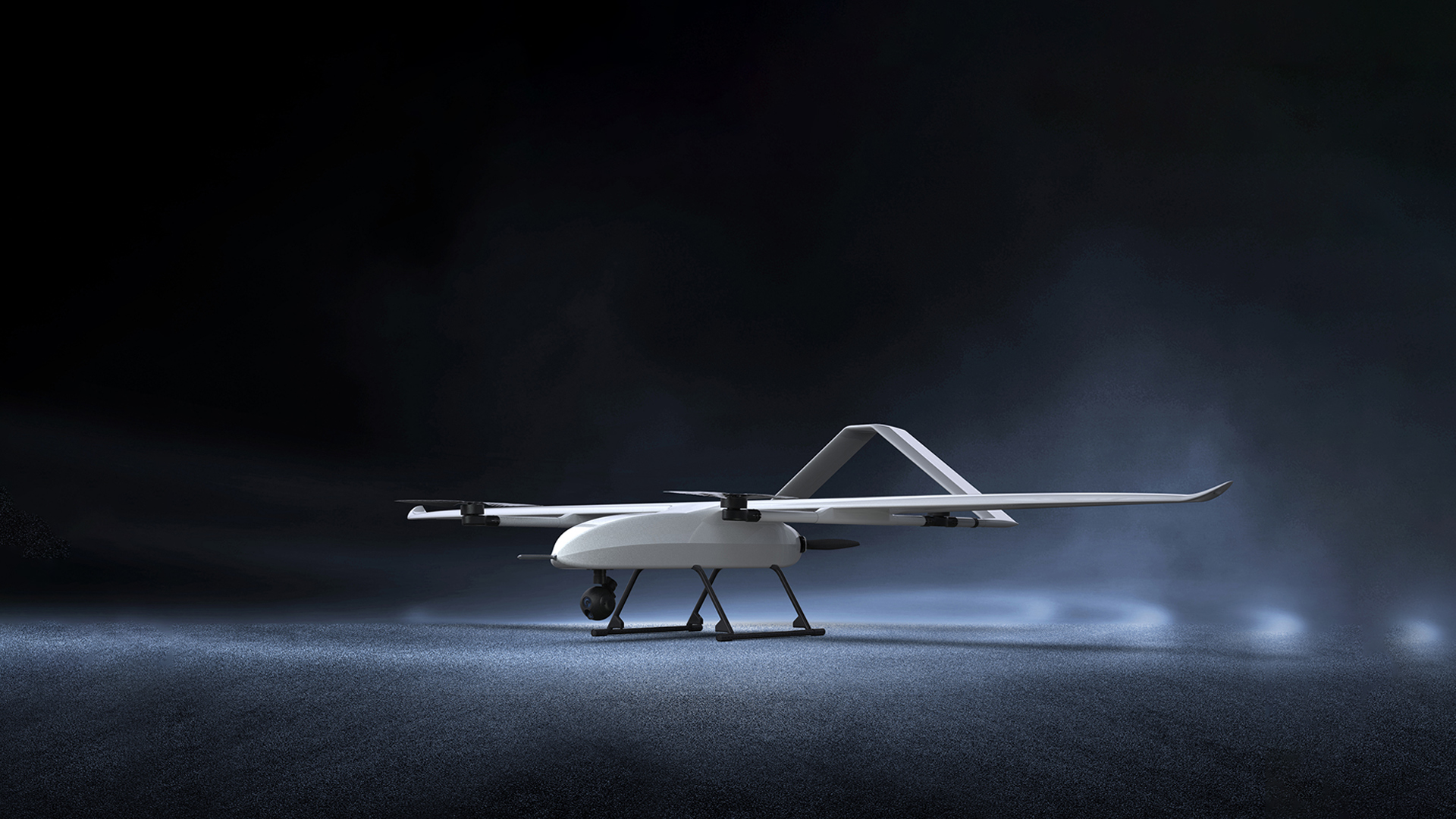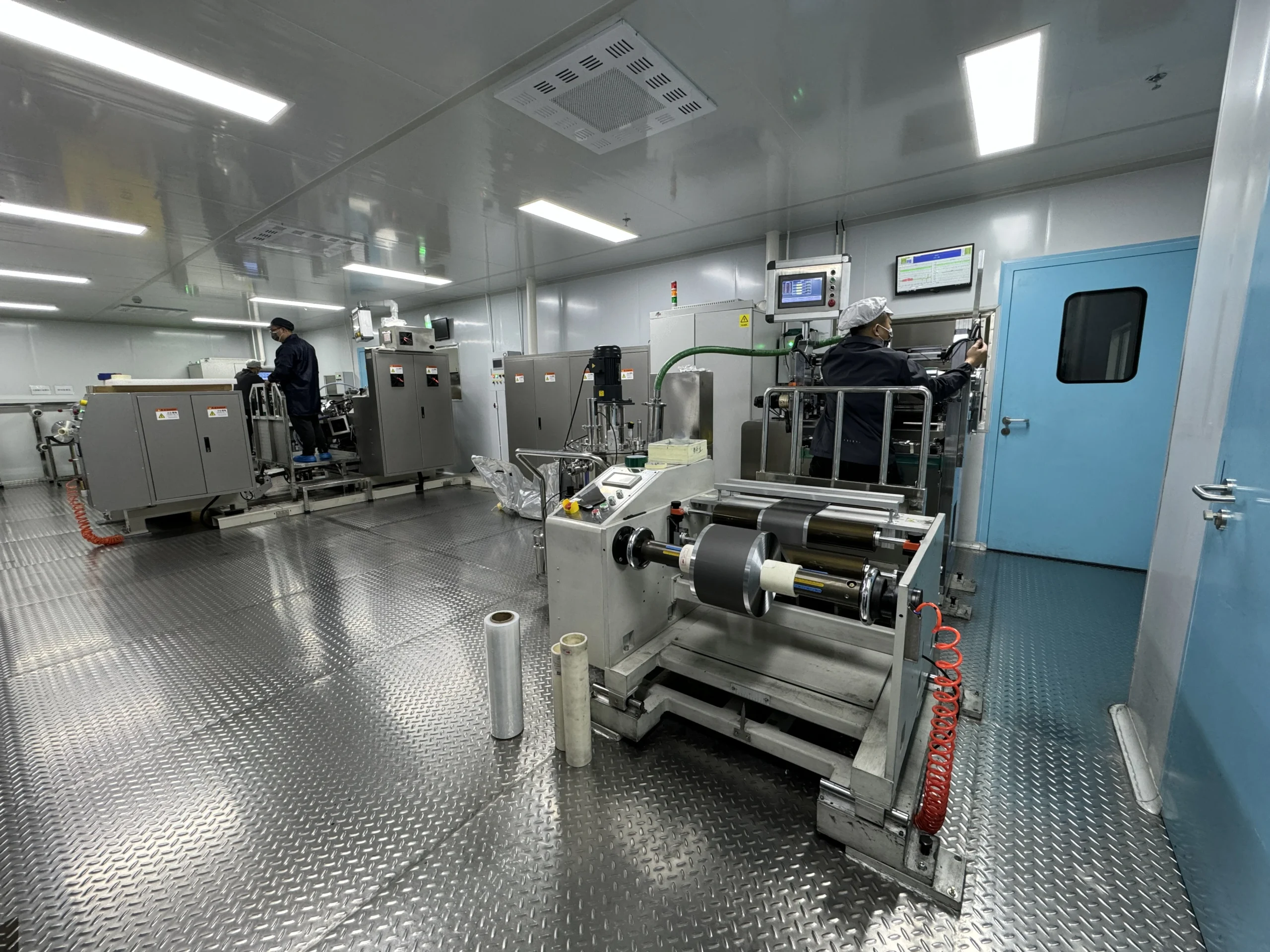Hardware Interface Testing in System Compatibility Testing:
Optimizing Physical and Electrical Integration
Hardware Interface Testing in System Compatibility Testing: Optimizing Physical and Electrical Integration
Hardware interface testing in system compatibility testing guarantees robust integration by validating physical and electrical interactions between components like sensors, actuators, and controllers.
As industries deploy complex machinery—from industrial robots to medical devices—ensuring seamless hardware interoperability prevents malfunctions caused by voltage mismatches, signal noise, or mechanical misalignment. By rigorously testing interfaces such as USB-C, GPIO pins, or CAN bus connectors, teams eliminate risks like overheating, data corruption, or circuit failures.
thrust
1. Evaluating Interface Specifications
Modern hardware ecosystems demand precise alignment with technical standards. For instance, automotive systems using Ethernet AVB require validation of synchronization accuracy between in-vehicle infotainment modules and ADAS controllers. Similarly, IoT edge devices must confirm that RS-485 serial communication adheres to baud rate and termination resistor specifications. Defining test parameters—such as impedance tolerances or power consumption thresholds—ensures hardware behaves predictably under stress.
2. Stress-Testing Mixed Connectivity
Transitioning between interface types often introduces vulnerabilities. Industrial PCs integrating PCIe slots for expansion cards and PoE ports for cameras need validation of simultaneous data throughput and power delivery. Tools like oscilloscopes or protocol analyzers simulate scenarios where SPI and I2C buses operate in parallel, exposing issues like clock skew or voltage drops. Automated test rigs further validate backward compatibility when legacy interfaces (e.g., VGA) interact with modern HDMI or DisplayPort outputs.
3. Mitigating Environmental Risks
Hardware interface testing must address real-world operating conditions. Validating USB 3.2 Gen 2x2 connectors in high-vibration environments, such as aerospace systems, ensures signal integrity despite mechanical shocks. Additionally, testing RJ45 ports for moisture resistance in outdoor IoT gateways prevents corrosion-induced failures. Thermal cycling tests, combined with EMI shielding validation, harden interfaces against extreme temperatures or electromagnetic interference.
4. Leveraging Automation for Precision
AI-enhanced tools streamline hardware validation workflows. Machine vision systems, for example, can detect microscopic soldering defects on PCB connectors that human inspectors might miss. Robotic test arms equipped with multiplexers automate repetitive tasks like plug-unplug cycles for USB ports, ensuring durability across thousands of iterations. Containerized test environments further validate interfaces across OS-driven hardware, such as Thunderbolt 4 compatibility between macOS and Windows devices.
5. Future-Proofing with Modular Design
Emerging standards like USB4 or OPC UA over TSN require adaptable testing frameworks. Modular test benches, which support swappable interface emulators, enable rapid validation of next-gen hardware. For instance, testing PCIe 6.0 slots for backward compatibility with PCIe 4.0 GPUs ensures smooth transitions during upgrades. Real-time monitoring tools also track performance metrics, such as latency in NVMe SSD interfaces, to align with evolving industry benchmarks.
Conclusion
Hardware interface testing in system compatibility testing is pivotal for delivering durable, high-performance systems. By combining rigorous electrical validation, environmental simulations, and automated precision, teams eliminate integration risks while preparing for technological advancements. Prioritizing physical and electrical alignment today not only resolves current hardware challenges but also establishes a foundation for seamless adoption of future innovations.
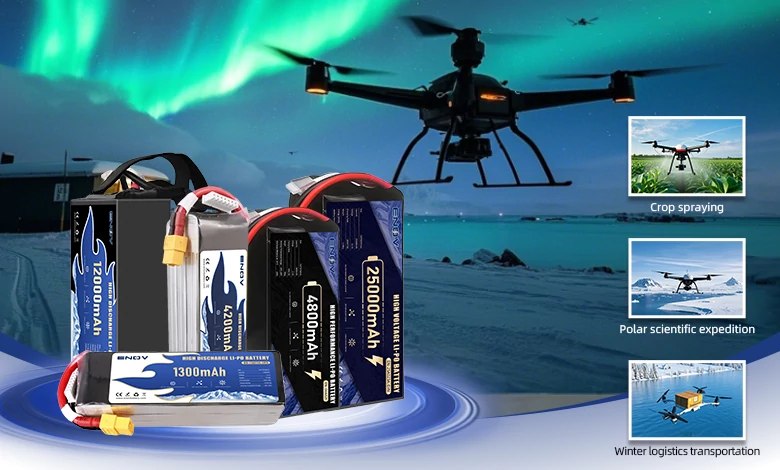
UAV DRONE battery
Enov UAV battery has the most advanced UAV battery new technology, it has a lightweight structural design, ultra-high energy density, stable continuous discharge, customized ultra-high instantaneous discharge, wide temperature working range, stable charge and discharge, battery materials can choose high nickel terpolymer positive/silicon carbon negative material system combined with semi-solid battery technology. Or choose a more mature application of more UAV lithium battery technology, available UAV battery nominal voltage 3.7V, capacity 18.0Ah ~ 30.0Ah, support 10C continuous discharge and 120C pulse discharge (3 seconds). With ultra-high energy density (220-300Wh/kg) as its core advantage, Enov UAV batteries can meet the needs of long-term endurance scenarios such as plant protection drones and transport drones, while maintaining stable emission performance in extremely low temperature environments (-40℃).
Other products
START-STOP LITHIUM BATTERY
LITHIUM ENERGY STORAGE BATTERY
QUICK INQUIRY
FAQ
Access to high frequency technical questions with one click, get accurate answers on product application, after-sales policy and customization process.
Service and Support
Get the latest product specifications, explore professional OEM/ODM customization services, click to open exclusive technical support and production solutions.
Become a Partner
We sincerely invite resources to interconnect, work together for win-win development, and immediately open a new chapter of strategic cooperation!
